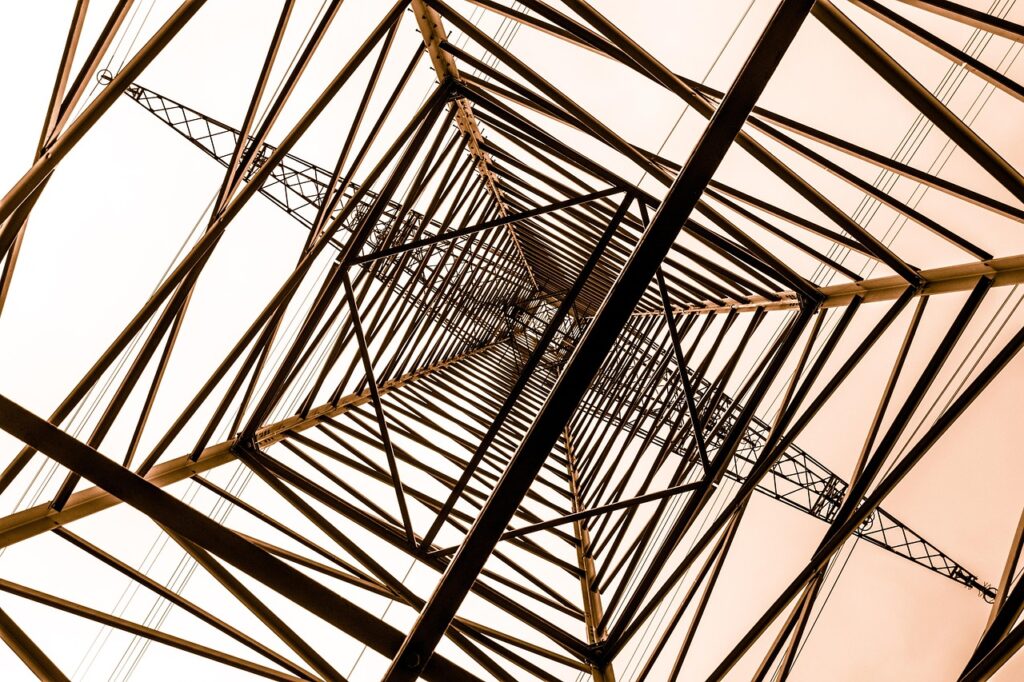France’s electricity grid is facing significant challenges that require immediate attention, as outlined by Réseau de Transport d’Électricité (RTE), the nation’s primary electricity transmission operator. According to recent statements from RTE, the French grid will need an infusion of 100 billion euros by 2040 to meet burgeoning demands and transition to renewable energy sources effectively. This projection raises critical questions about funding, policy, and the future of energy sustainability in the country.
The call for investment is not just a shallow plea for funds; rather, it reflects the current state of France’s power infrastructure. The grid, which services both domestic and industrial needs, is under stress due to aging equipment, increased consumption, and a growing reliance on renewable energy sources which themselves require new types of infrastructure. As of now, nearly 80% of electricity in France is generated from nuclear power, a figure that the government aims to reduce in favor of more sustainable options.
To better understand the current landscape, it’s essential to examine France’s electricity consumption patterns and energy mix. Recent data shows a steady annual increase in electricity demand, underscoring a critical need for system upgrades that can handle higher loads while ensuring reliability. Additionally, the shift to renewables necessitates overhauls in grid architecture, as integrating solar and wind power presents unique challenges not faced with traditional power sources.
Funding such a monumental upgrade is akin to a high-stakes chess game involving multiple stakeholders, including government entities, private investors, and the citizens themselves, who will likely bear some costs through taxes or increased utility bills. RTE’s strategy involves a mixture of public funding, industry investments, and European Union grants, each requiring strategic negotiations and assurances of return on investment.
The pressing issue is the technological overhaul needed to accommodate a diversified energy portfolio. Modernizing the existing grid infrastructure will involve deploying innovative technologies such as smart grids, which facilitate efficient, real-time electricity distribution and reduce losses. These smart grids can adjust to fluctuations in supply and demand, crucial for integrating renewable energy sources whose availability can be unpredictable.
But where critics may find fault is in the timeline and scale of the proposed investments. Critics argue whether the proposed 100 billion euro investment is adequately scaled to meet France’s long-term energy needs, citing both the financial viability and the physical execution of such extensive upgrades. Equally pressing is the uncertainty surrounding potential disruptions during this transition, as updates to grid infrastructure could mean temporary interruptions in energy supply or price increases affecting everyday consumers.
RTE, on its part, has outlined its commitment to maintaining France’s position as a leader in clean energy. The framework provided by RTE is ambitious yet necessary, aiming not just at maintaining service but anticipating future energy trends that emphasize decarbonization and efficiency.
The proposed investment of 100 billion euros highlights not just a financial commitment but a strategic pivot in France’s journey towards a sustainable energy future. This update is crucial in not only preventing potential power shortages but also positioning the country as a forward-thinking player on the global energy stage. Industry experts will continue to watch this space closely, as the outcomes of these investments will certainly reverberate across global energy markets.
